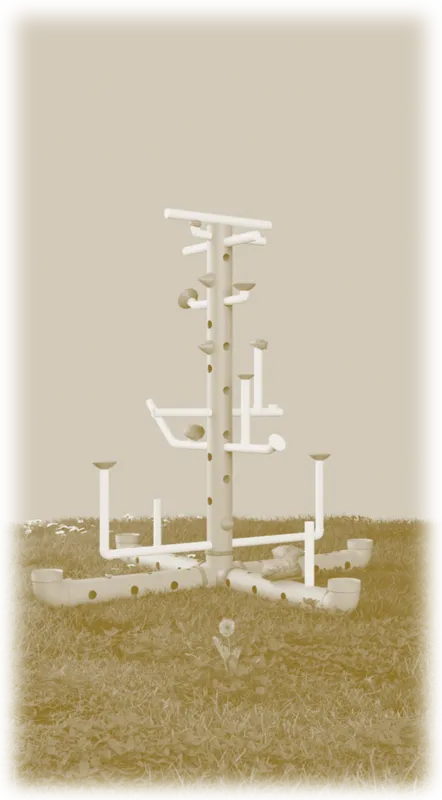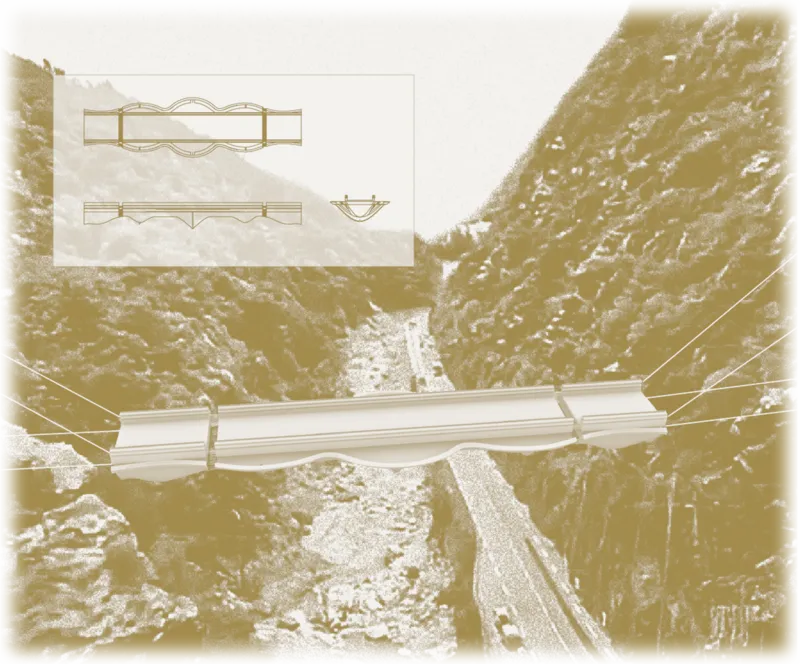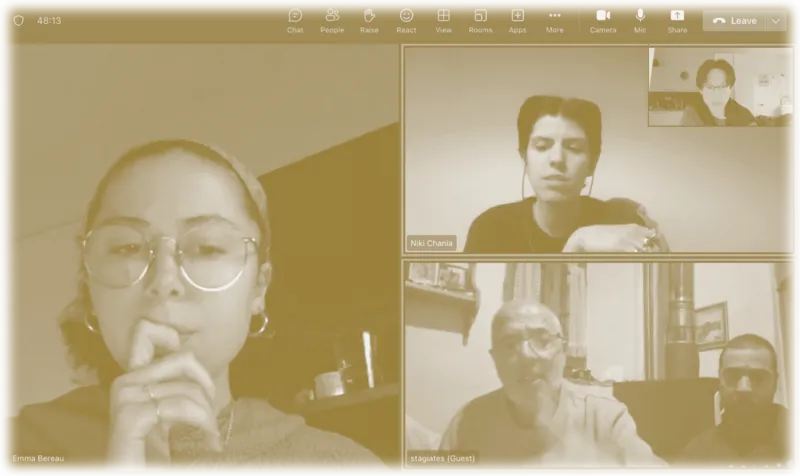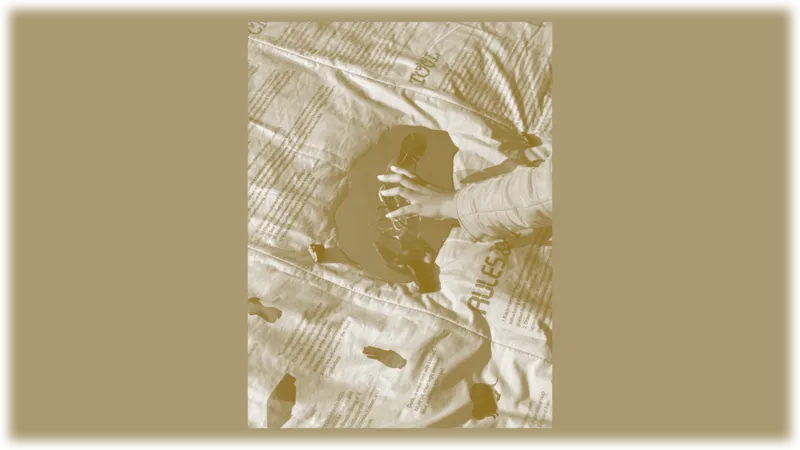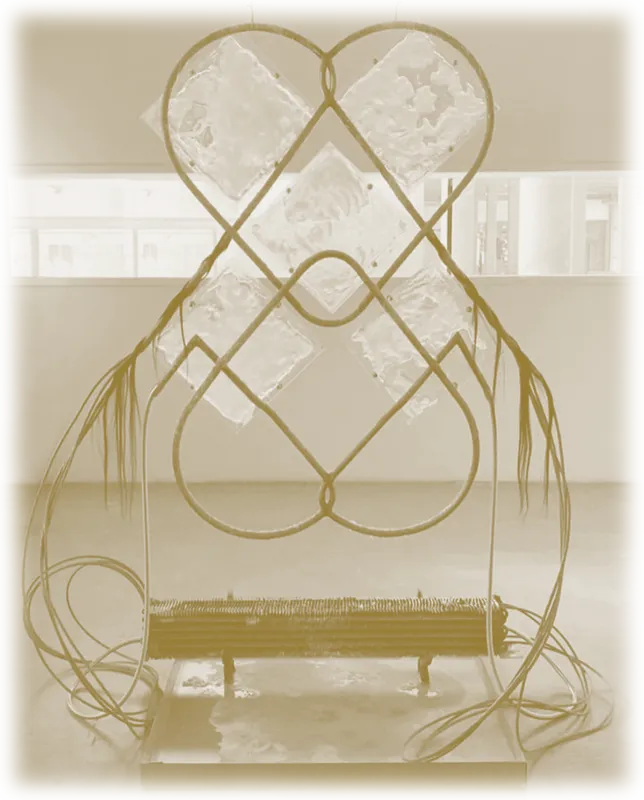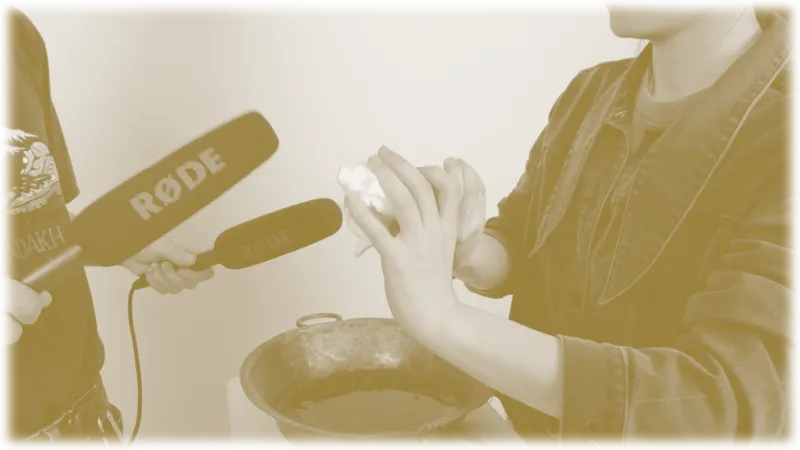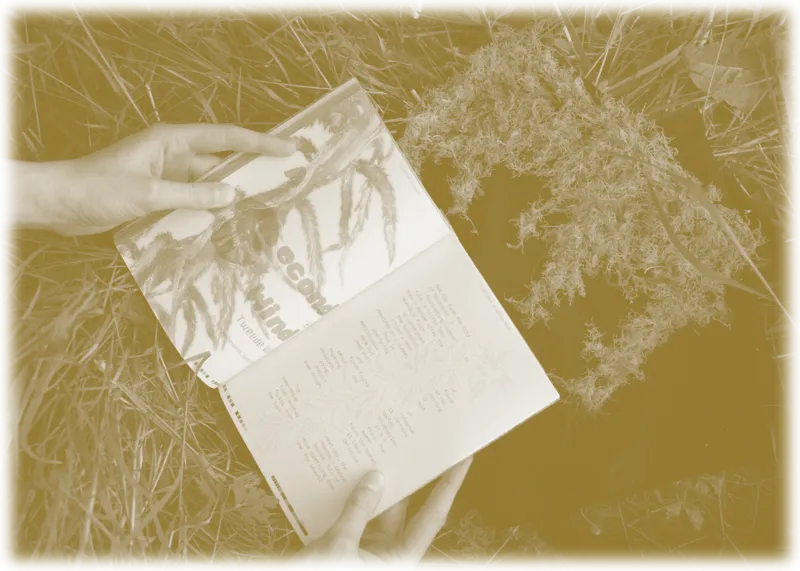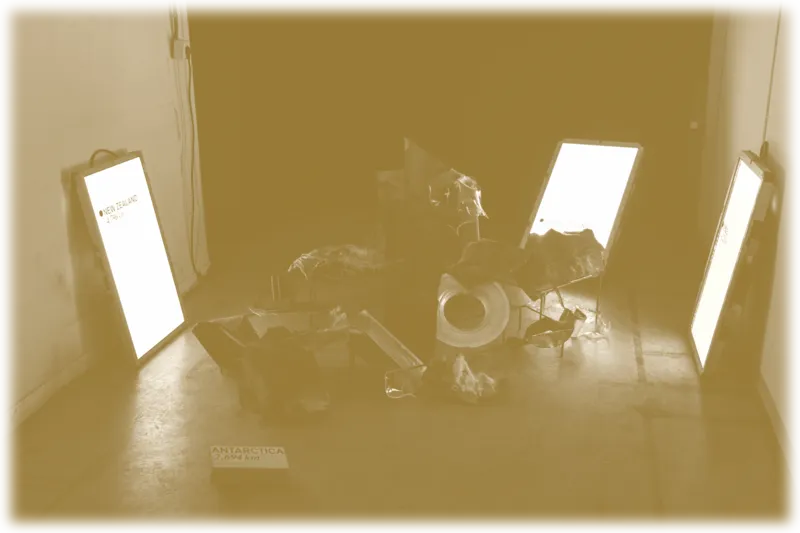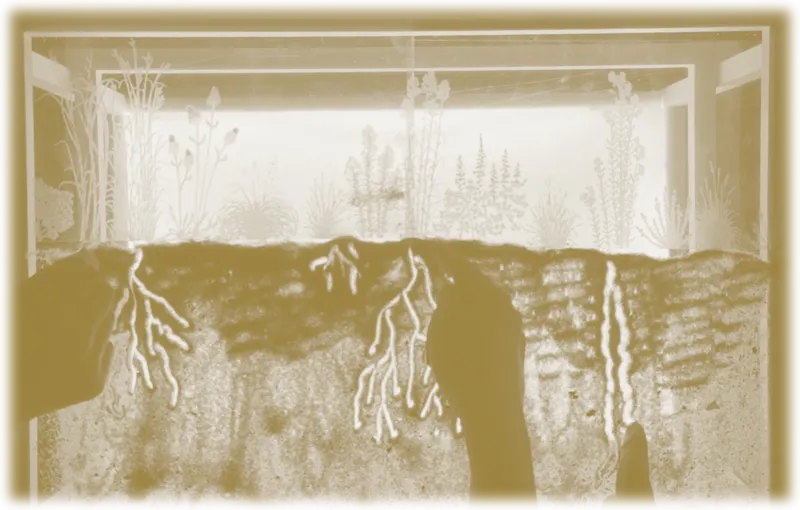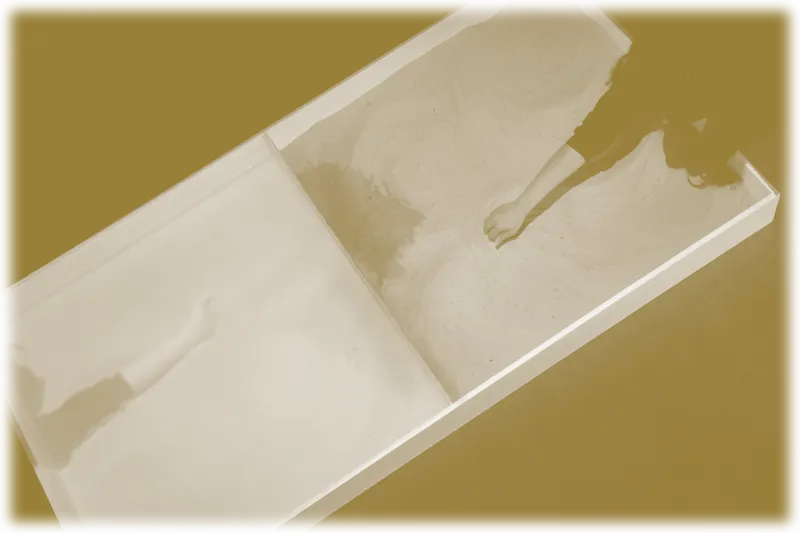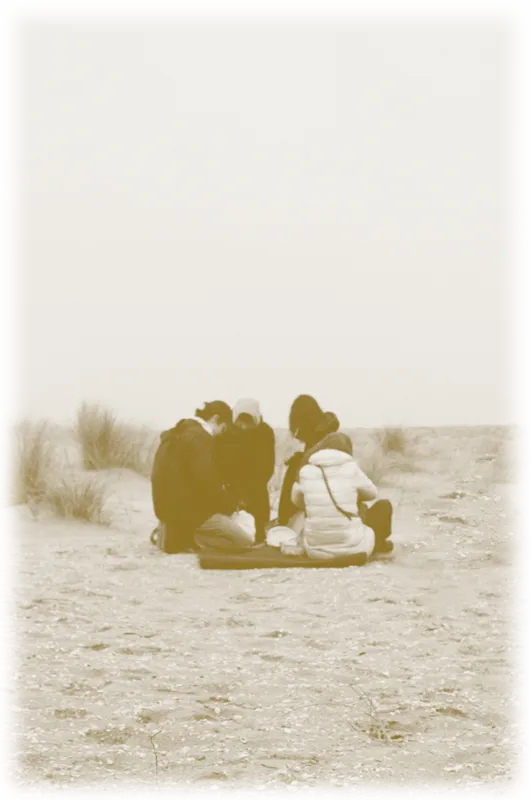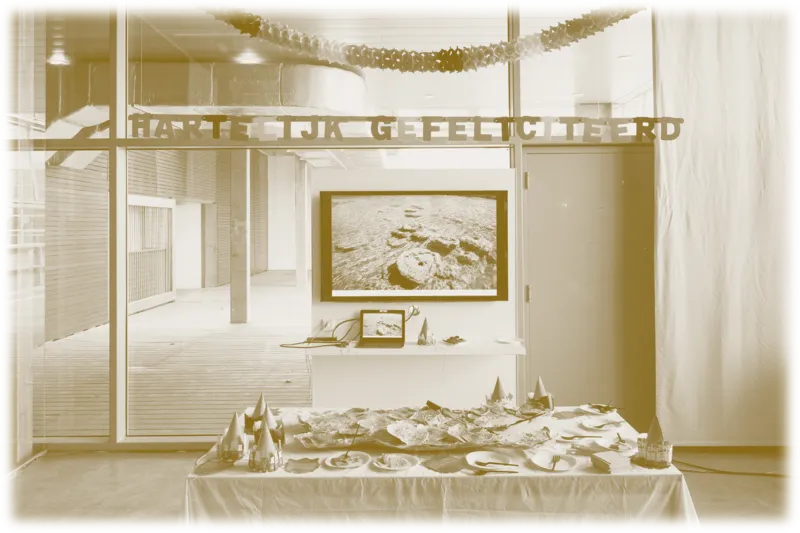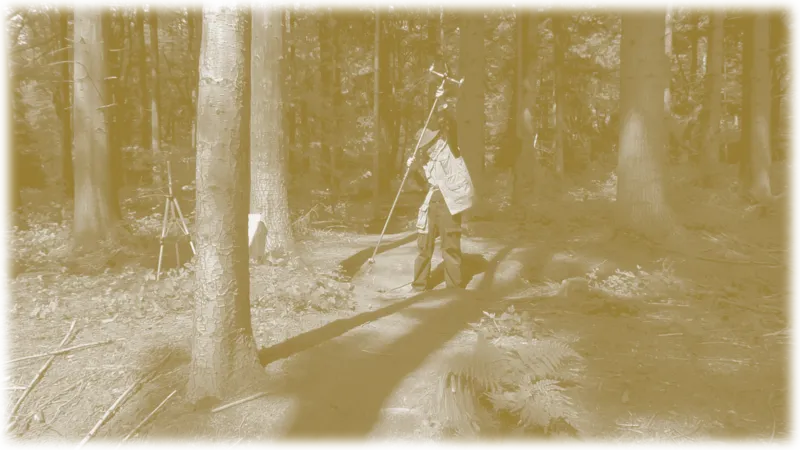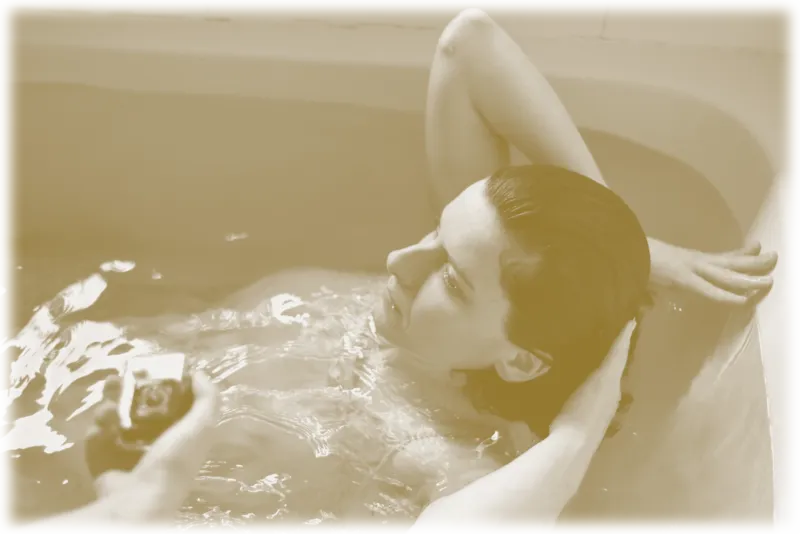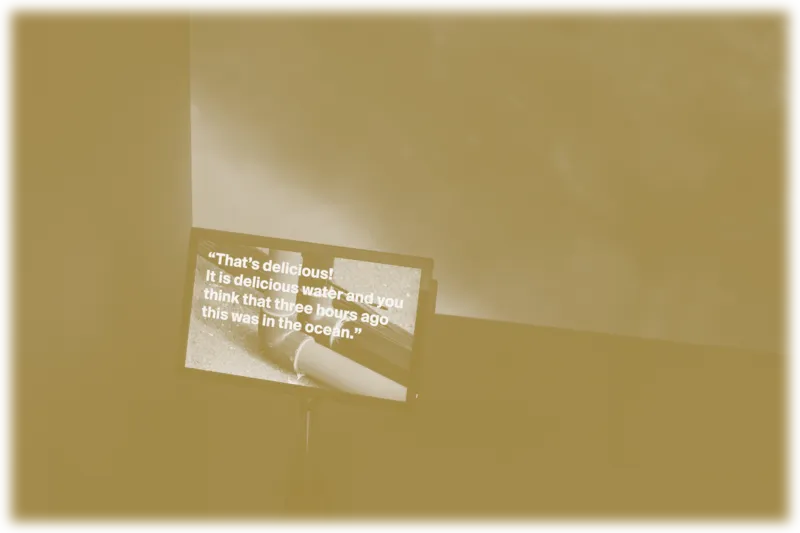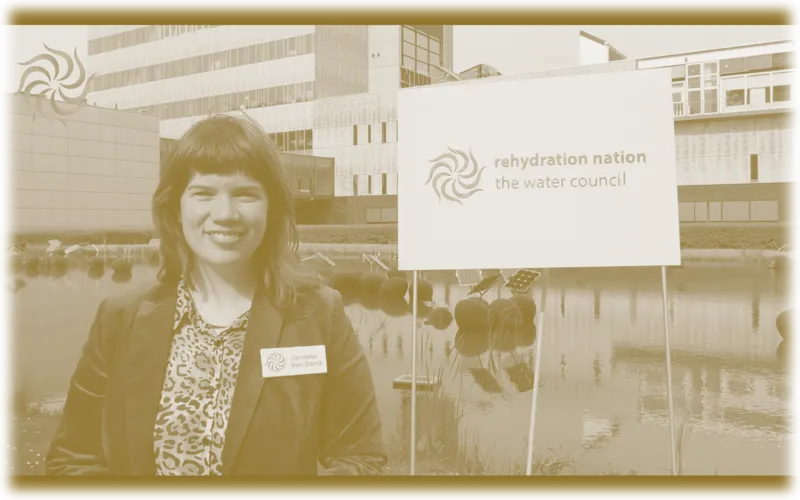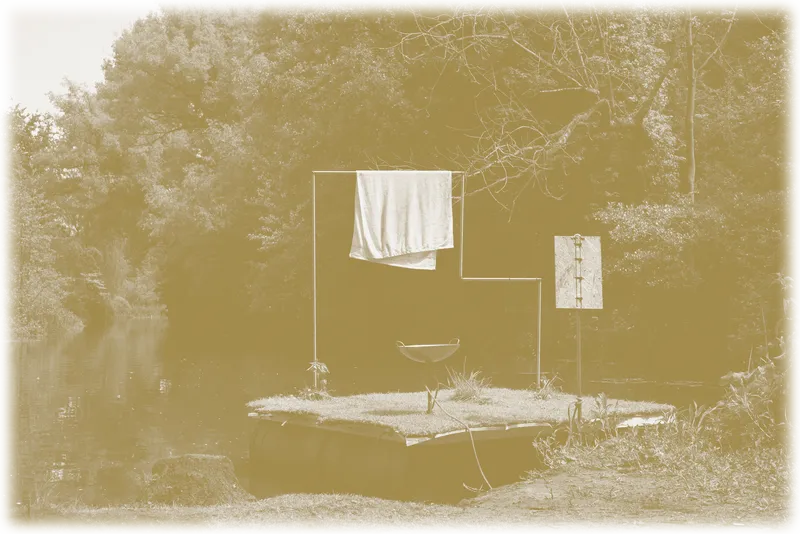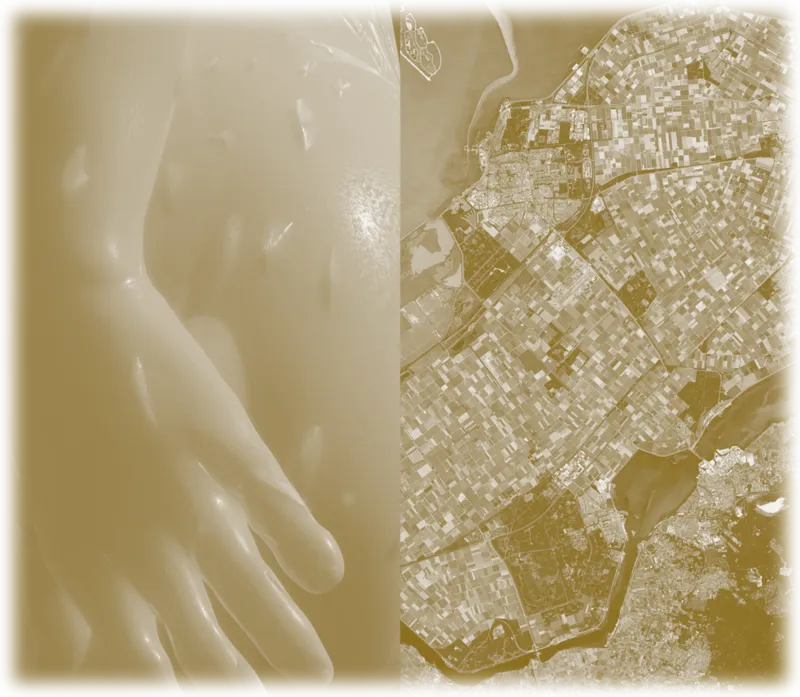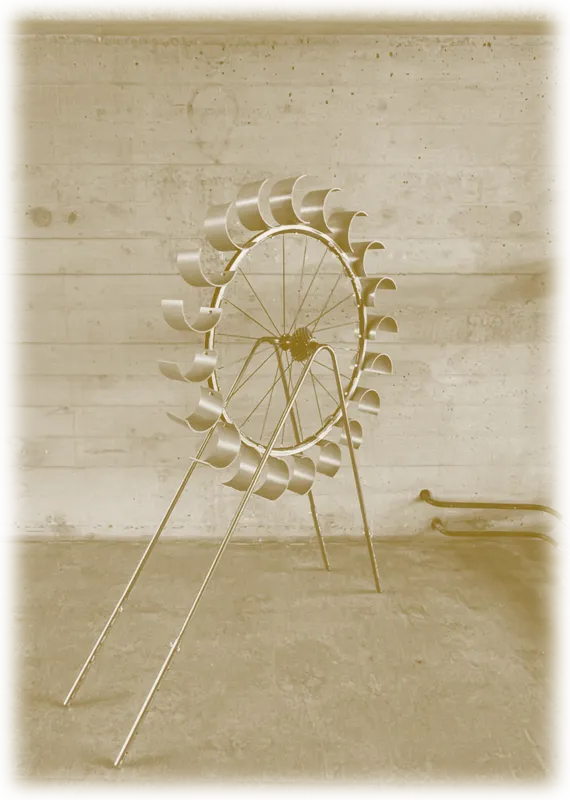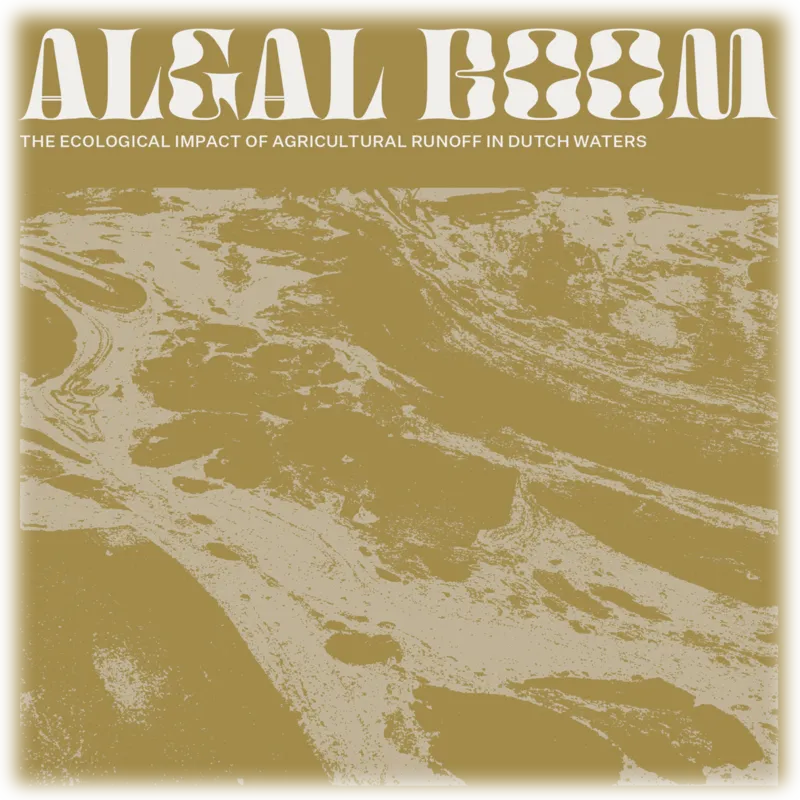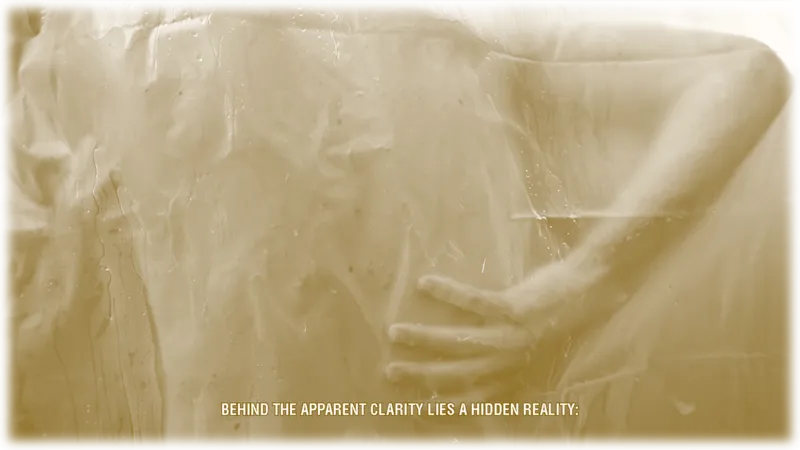THIRST is a transdisciplinary research studio across the five masters of the Design Academy Eindhoven. Connecting the collective intelligence and methodologies of the departments of Contextual Design, Critical Inquiry Lab, Geo—Design, Information Design, and Social Design, with IABR as the collaborative partner. The third-semester studio aims to add or critically reflect on the existing knowledges regarding water by positioning the role of design in-between technology, policies, science, and artistic practices.
Politics of Water Resistance
Throughout history, communities around the world have developed unique modes of living intimately tied to the specific features of their local water bodies. From the Mesopotamian marshes to the Ganges Delta in the Bengal region, cyclical and seasonal rhythms of water and its fluid nature dictate relationships and practices different from those based on land, including water-based mobility, production, nomadic lifestyles, multi-species relations, and social structures. Water bodies facilitate alternative modes of living and serve as a space for resisting absorption into hegemonic projects of nation building and modernization. In our age of crisis in imagination, these examples provide a rare opportunity to imagine other ways of being and expand definitions of design and the role of a designer.
The studio seeks to challenge the dominant conventional conceptualizations of water bodies as purely natural environments devoid of human agency and politics, a logic that serves to justify various forces that threaten these environments, such as pollution and climate change, often caused by practices of natural resource extraction, colonization, hydropower infrastructures or other. But also practices of preservation that operate with similarly limited understandings, working at odds with the nature of the water body and the dynamics between the human and non-human constituents of a wet ecosystem.
Each group of students will investigate a case study around the relationship between a community and a water body by focusing on the community's design strategies and develop a design proposition that responds to the threat faced by their site.
Snow
The studio 'SNOW - on silent waters' looked into altered states of water - the ephemeral, crystalline, melted, the insulating and reflecting, covering and revealing, hibernating and alarming. The overarching research question was: What can we learn from SNOW in a period of THIRST?
Individually the students found their way into the subject through an encounter with the material, personal memories and shared associations that reveal stories of snow. During a field trip to a ski hall we explored the (artificial) material and deepened our questions through physical experiences. Through the intersections of the personal with the collective, each group developed a shared research question. With their design research expressed in spatial and audio-visual installations, the groups revealed the ambiguities and potentials arising from water in transformation. Their new narratives serve to re-enchant the mysteries of SNOW in order to enhance the consciousness of and around drinkable water.
Niki, Ella, Eva and Quentin created a sound-installation centering a fictional piece of local permafrost. Through the process of melting the speculative secrets captured in the ice and soil are released and simultaneously create a post-human sonic void for reflection.
Zuzana, Guanyan, Orestis and Joshua developed a freezing, melting, growing, circulating installation embodying water memories. Working with a freezer as a starting point they combine myths and stories of interspecies collaboration with associative materials and alchemical processes.
Matteo and Arianna made a video installation juxtaposing the perversions of ski culture with desperate glacier preservation strategies. Their mockumentary-like approach raises questions about contemporary appropriation of snow for 'fun' as well as ice as source of drinkable water and climate regulation.
Junn, Weimin and Alessio made a human hibernation space to reflect on our habits of water consumption. Using methods from ASMR and learning through embodied explorations of sound and relaxation techniques, they offer an intimate, embodied practice to take a brake during everyday life.
Navigation, or: Flows of Information on Flows of Water
The starting point of this studio was inspired by the (analogical, biological and/or technological) relationship between water and information. Navigating (Latin nāvigātiōnem: sailing) a boat and navigating (or surfing) the world wide web (for example with Netscape’s Navigator, 1994-2008). To navigate is to continuously synthesize feedback from an environment in order to determine a path, a route. Flows of water and flows of information. A water channel and a tv-channel. Currents of water (or air) and currents of bits (or electricity). Drowning in a river or at sea and drowning in data. From air-cooled to water-cooled data centers due to rapidly growing computing power forces. Vast bodies of water are cooling vast bodies of data, information and knowledge.
After a round of individual research to explore curiosities and fascinations related to the above, four teams were formed based on the (provisional) keywords ‘container’ (concerning the mechanics of working with water), ‘myth’ (concerning the history of mythological and scientific water narratives), ‘Nemo’ (concerning objects of scientific and military inquiry), and ‘shoreline’ (concerning natural and cultural mixtures of soil and water). The research and design processes of the four teams lead to the following respective projects.
Federico, Piet and Runbin developed a project based on the concept of a sailboat: making use of (and surrendering to) surrounding weather conditions. They translated this into a mobile (social) washing tub that uses and re-uses rain water, and next to that, shares a solar powered server that sends a local wifi signal that leads to a digital page containing the research and concept of the project.
Sophie, Gordon and Chao developed a project about bringing back the plant Sphagnum to the Biesbosch in a speculative scenario around the rewilding of the area and the establishment of a balanced relationship between water, humans and non-human entities and their respective thirsts. The scenario is presented in a book which in terms of design is inspired by the herbarium.
Eva, Lili and Vinco developed a project about how our thirst for information and scientific knowledge leads to space waste (or ICT waste, i.e. Information Communication & Technology waste) being dumped into the ocean at the point fartest from land. Out of sight out of mind, yet into ocean ecologies.
Sisi, Boram, Zijan and Ache developed a project about soil being thirsty and explored the desertification in the Gobi desert in China and the techniques used to counter it. Within this domain, they focus on monoculture both in terms of plant systems (used in the fight against desertification), as well as in decision makers’ genders.
All together, these four projects engage with the world of water (or the water of the world) in ways that encourage us to speed up (the starting up of) the transition from the antrophocene to the symbiocene.
Wetness (In the Dunes)
This studio whirls in dunes as site, and posthuman agency.
Dunes were formed by the weight of glaciers of Ice Age, mediate oceans and rivers across their body, and they owe their movement to evaporation. They hold half of the biodiversity of, and are endangered across the planet. Dunes have been part of “coastal defense”, stabilized, protected, and managed through planting strategies, which is also endangering them. They are utilized by water companies as watersheds to obtain drinking water by pumping/filtering water through them. The several contemporary attempts to destabilize them continuously fail. This studio builds up on a posthuman agency, where the human, as a modernist definition, does not exist, and where design does not necessarily serve only the human, but it is shaped around mutualism, interdependence, and eco-systemic thinking. The studio engages in topics of ecological balance, maintenance of living tradition/ knowledge, and technology for the continuity of complexity.
The idea of fixing a landscape by making it permanently stable may be wholly incompatible with a healthy planet (Holmes, 2020).
Form is a provisional state of matter (Zheng, 2016).
Water as landscape is a space of heterogeneity and stochasticity that mediates scales amongst humans and more than humans, from micro ecosystems to planetary ones such as water and sediment movement, weather and climate, and bio-geo-chemical cycles. Water is a living archive of collective intelligence. Under the subtitles of Infrastructure, Weather, Uncertainty, Flows and Disruptions, Agency and Collaboration, the studio focuses on dunes as wetlands; go under the ground, surface, dive back in and out to problematize the borders created for water, and contextualize the need for wetness. The work conducted collectively in the studio is supported with presentations by Gediminas Urbonas, Zheng Mahler, Caitlin Berrigan, and Margarida Mendes. Participants of the studio are responsible for making propositions collectively, based on their research about flow of water and wetness of the earth in the dunes; plants / mangroves; birds, other animals, and amphibians; bodily experience, sensing and living knowledge of the context, and anthropocentric interventions such as urban planning and regulations, physical and digital infrastructures.
What are the possible futures of (water in) dunes? Do these futures favour for more infrastructural planning, legislative interventions and control, or small networks preserving indigenous characteristics? Do these futures favour for more technological acceleration, or for more intelligence by the dunes? What could be the posthuman agencies of the dunes, and where do the humans sit in these scenarios? How does fluidity and wetness of different sites relate to these futures? The studio develops a glossary of approaches and attitudes towards the agency of water in the dunes, through researching/ studying sites in the Netherlands as well as remotely connected sites around the world. Design proposals create stories and propose alliances situating the wetness of the site at the intersection of issues and desires, across scale and time. The assumptions of this studio are that research and design continuously inform each other, “time” is a medium of design, and “site” is a trans-scalar vehicle.
The studio looks for water in the dunes in hope for oasis, at the same time claims that water is everywhere. It cross-sects the themes of voices from the mud (kinship, empathy, risk) and Hydrofiction (futurism, hydrofeminism, cloud). It cross-sects sites in the Netherlands with sites elsewhere in the world, ackowledging the planetary condition and necessity of wetness.
The Water Council of Relationality
Historically, water councils have existed in the Netherlands since the 12th century. They were self-organised, and then centralised, decentralised then re-centralised again. There are 21 today and they remain hyper-locally organised based on the geographic locality they serve. There was an old rule for water councils, “Whom the water harms stops the water”.
Seen from this anthropocentric perspective, uncontrolled water was a force to be feared; once water was controlled it became a tool and utility… an object. However, water issues today can no longer be considered localised. Water is a collective global issue. Even if being subject to flood or drought were not immanent, everyone is still related to, perhaps even responsible for, the water — humans are 60% water, after all.
The Water Council of Relationality is a pseudo-institutional 22nd Water Council of the Netherlands, taking the rule “Whom water made, should care for water”, and using design to develop new conversations with, provocations to, and interventions in water and its relations. How can design facilitate the understanding of water not as an object — as a form of ecological utility — but rather, as a constituent of relationality in an ecocentric worldview?
Over a period of three months, the 14 founding members of the WCoR explored hydroperspectives using design research methodologies including critical fabulation, fictioning, authethnography, performative field research, filmmaking, creative writing, performance, stunts, public interventions, storytelling and more. Frans Kraus’s take on hydroperspectivism as looking at terrestrial life from the logic of water, Astrida Neimanis’s embodied relationality of hydrofeminism, and Bayo Akomolafe’s reflections on what the climate crisis is both obscuring and revealing, were discussed.
Tensions between the responsibilities and needs of the individual and the state, the commons and the market, are told from the perspective of an amateur groundwater driller in Noord Brabant. The limitations of scaling desalination plants and relying on technosolutions are demonstrated through a more-than-human narrative embodied through experimental video and sound. The instrumentalisation of eco-anxiety by cognitive capitalism is manfested through an interactive waiting room and therapy demo. How water materialises particular social, cultural and political practices is explored with the Water Council’s launch of a new post-water bathing utility.
The projects playfully use props, films, performances and other narrative devices to reveal how the material and social conditions taken for granted in everyday experiences reveal the anthropocentric objectification of water. Developing a truly relational mindset and infrastructure still requires vast individual and societal unlearning. The first step in unlearning, however, is for the fish to recognise the water in which it swims. We hope these projects invite recognising that we are all of water.
Critical Currents and Communicating Vessels
Our relationship with water was reciprocal and nourished the delicate cycle of life for thousands of years. In the last three centuries, capitalism has turned water into a resource to serve never-ending economic growth. Those of us with means can consume it as if it were an infinite resource, polluting it with chemicals without giving it a second thought. At the same time more than two billion people have no access to safe drinking water. What once seemed infinitely available is now threatened by global warming, extraction, pollution, and salienation. How can we start caring again for water?
The assignment takes a cue from hydrocommons; social strategies in which water resources aren’t owned privately to be extracted, but shared within a community that acts as stewards, keeping a balance between extraction and regeneration. Instead of approaching the topic of water as something global and omnipresent, we begin with our local environment. Because even though we may think globally, our bodies use and pollute water on a very local level.
Research: water as the source of social relations
We begin by looking at community infrastructures of water care in the past. The Netherlands has many: polders, windmills, terps, cisterns, wells, and irrigation systems. Eindhoven has the Genneper watermolen, a water mill built in the 13th century. Elsewhere we can learn from the Japanese Noria system, the irrigation systems of Tenochtitlan in Mexico, the Khadin system in Rajasthan, the Qanat from Iran and the cisterns of Jaipur. Contemporary examples are hydroponics, biodynamic agriculture and circular water systems. Notwithstanding its technical marvels, we focus on the social role of these systems. What social relationships and conditions are needed to collectively care for water as a resource?
Methods: how do we become communicating vessels?
Students work collectively to imagine non-hierarchical ideas for a design hydrocommons based on care and balance. The reason why we focus on the social aspect of water Is twofold. First, the current model of water extraction is unsustainable, and any ethical response requires a form of governance that is about sharing instead of extracting. Secondly, the students work in groups with other students they haven’t met. To maintain a healthy work balance under the pressure of studying in times of crisis, we can learn from non-hierarchical decision making and mutual care. That means not just taking care of water but also of each other, managing time and energy during the process.
In terms of materials, a design for degrowth asks us to design from scarcity rather than abundance. That is why we find inspiration in reusing, recycling and mending practices. Examples are Low Tech Magazine by Kris De Decker, architecture of necessity from Cuba by Ernesto Oroza, Gambiarra from Brazil, and the resourcefulness of the Dutch squatting movement.
Outcomes: milling, algae booms, and terp hopping
Throughout the process, the five groups have managed to navigate the complex questions brilliantly, with a strong sense of design, research, and social awareness. Starting with field research in the form of interviews, finding data, observations and building DIY water infrastructures, the work is grounded in specific local contexts. Their wealth of ideas will take you on a journey from the boom of algae, the social act of milling, how to hitchhike on water, maintaining collective hygiene, and understanding how humans have mutilated water bodies historically. Without resorting to worn conceptual paths, these students have managed to introduce original narratives about our social relation with water and built prototypes and experiments that can be tried out by others. If the question is how we can better care for water; they answer with generosity, social sensitivity, humor, and resourcefulness.
